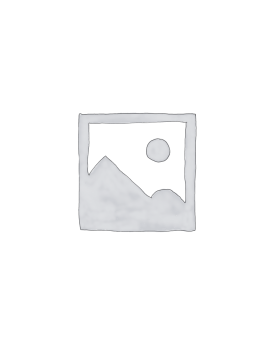Margaret Burrows and Milly Howden
MEMORIES OF ANDAMOOKA OUTPOST HOSPITAL
Submitted by Margaret Burrows and Milly Howden
At this time when the church is celebrating the centenary of Frontier Services and its predecessor the Australian Inland Mission, we were asked to write about some of our experiences at the AIM Outpost Hospital at Andamooka Opal Fields which we started in 1965.

The opal mining town of Andamooka lies among sand hills and gibber country and is 280km from Port Augusta and 160 km from Woomera which was at that time not accessible because of Security reasons. In the 1960’s the population was between 800 and 2000 depending on the time of year and although there were a number of Aboriginal people most of the population came from many different nationalities.
Our only form of communication was by a battery powered Traegar transceiver through which we contacted the RFDS base at Port Augusta. In the summer dust storms often interfered with the transmission. Water was carted in and cost $100 for 2000 gallons about as expensive as the opal, so one bucket of water had to go a long way.
The roads were unsealed and when rain came were often impassable. The RFDS flew in once a month for clinics and for emergency transfers which could usually only take place during daylight hours. The plane landing on a small clay pan about 14 km from the hospital. As we had no transport we had to arrange for someone from the town to do the transporting to and from the plane.
We worked week about, one week doing house duties and the next week hospital duties, convincing ourselves that a change was as good as a holiday. When you were on the house week you were the general dogsbody and did the cleaning, washing cooking, shopping, looked after the generator and entertained visitors etc. When necessary in an emergency you helped with the hospital work, however as you can imagine this sometimes resulted in disasters in the kitchen! Hospital duties involved caring for any inpatients, and treating outpatients who never stuck to any set hours but wandered up at any time of day or night. The fact that most people worked in mining opal meant a large part of our work was dealing with trauma and involved dressings, injections, suturing etc.
We also ran ante and postnatal clinics, infant welfare sessions and first aid classes. Night calls were frequent and we both attended, because they usually meant trouble as we often had to deal with the results of fights, stabbings and (rarely thank goodness) shootings.
There were no police in Andamooka although police from Woomera did attend once a week for several hours. This meant that people came to the hospital whenever there were any problems and we had to deal with them as best we could, sometimes even having to go down a mine shaft when there was a serious accident. Oh what stories we could tell!
Apart from the medical work we ran a Sunday school which eventually had 40 children and a girls club which was very popular. We took the children carol singing round the town much to the shock of the miners! Home visits were made to pensioners and they were provided with necessary items such as clothing, food, Christmas hampers etc.
The patrol padre Rev Arthur Cottrell, when visiting, conducted services at the hospital or in the little church in town end met with the people in the community.
We entertained many visitors, as well as people from the community, we had visits from the Superintendent of the AIM Rev Fred McKay, the Governor-General Lord Casey and his wife, various representatives from the Presbyterian Church and members of Woomera Uniting Church who were so supportive to us and to the work of the mission. In fact anyone who came to visit Andamooka usually ended up visiting the hospital.
This outpost hospital following in the tradition of the AIM became the medical, social and spiritual centre of this mining community.
We both feel very blessed and privileged to have served with the AIM in the provision of care for the people of Andamooka.


